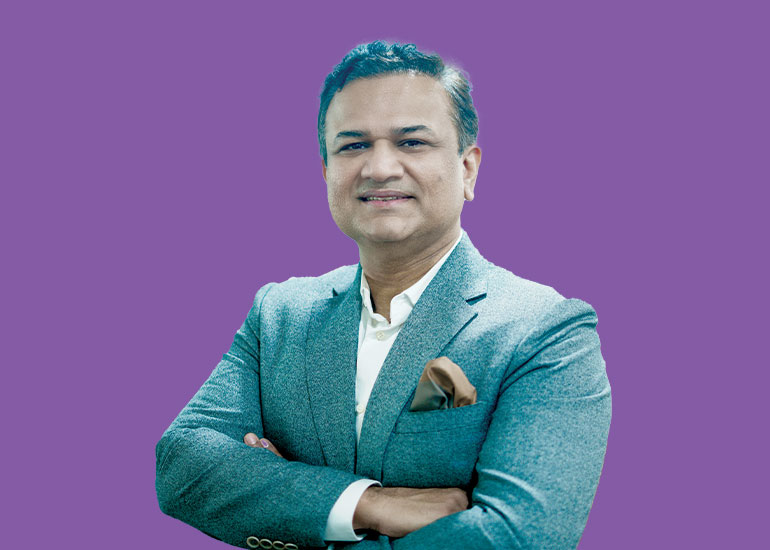Q] What was the idea behind the campaign ‘Hotel Like Bathrooms’?
Our research shows that consumers today want to experience the best type of bathrooms. They usually get such an experience when they stay in a nice luxury hotel, as the hospitality industry is always on the forefront of experimenting with new designs and technology. We sell our products to multiple hospitality brands, and so we wanted to provide this hotel-like experience to our consumers in their homes. We have made this aspirational TVC where home bathrooms look like the ones in premium hotels.
Q] Could you take us through your marketing spends for a 360 degree campaign such as this one?
This campaign will be present on TV, Digital, Radio, Print, OOH, and on OTT platforms. In the last few years, allocation to Digital has continuously increased, but the lion’s share is still going to television. The ratio keeps changing depending on key consumer trends and our strategies to reach the right audience.
Q] How much does the B2B business contribute to Hindware’s revenue?
We have about 25%-26% of our business coming from the institutional segment, which includes large institutions like builders, architects, or large plumbing contractors that especially go into new construction and new apartments. The balance 75% comes from renovations or small projects. Our retail business constitutes 75% of our revenue. D2C businesses are increasing continuously, and our presence across e-commerce is also increasing on a regular basis.

Q] Hindware has a strong presence in the northern markets of the country. How are you placed across other parts of India?
We have a national presence, but our strength is far greater in the Northern and Eastern parts of the country. We can be stronger in the West and South as well, and we are already quite established in places such as Andhra Pradesh, Telangana, and Karnataka. But I must say that we can do better in Kerala and Tamil Nadu.
Q] So, how do you plan to tap these markets further? What are your expansion plans for Hindware?
Our expansion plans are largely in terms of increasing our distribution. Our key job is to make sure that our products are available in a large number of outlets. We also have quite a few strategic initiatives on the architect and plumber levels. We believe that architects and plumbers are key influencers who influence consumers to decide which brand they should use. We have two engagement programmes for them that are running really well.
Q] Lately, we have seen tremendous growth in the rural areas of India. The purchasing power and standard of living has seen a stable rise. How important are rural areas for Hindware?
It is critical for us to be available in these markets. If a consumer is living in Thane and the product is available only in Andheri, then it will take about five hours of total travel time to reach Andheri, select the product, and return to Thane. The most important factor here is availability, and we are now operating around 600 stores for our sanitary, faucets, and tiles business. Nearly 80% of these stores are beyond our top 10 cities, located in tier II, III and IV cities. We make sure that a large number of them are there so that consumers can easily access those stores and purchase as per their conveniences. For us, adding stores is a continuous exercise.
Q] How much growth is Hindware expecting in the upcoming year?
We believe that the market will grow anywhere between 9%-10% and we can beat the market by about 25%-50%. Markets are not growing as much as they were immediately after COVID; there is a slowdown. Companies that are focusing on innovation, design, and quality will continue to gain market share. This is especially true for a strong brand such as ours. If the market is growing at 10%, we aim to grow up to 15% and beat the market in terms of growth by growing 50% higher than the market growth rate. We have been doing it for the last three years, and will continue to do so in the future.























